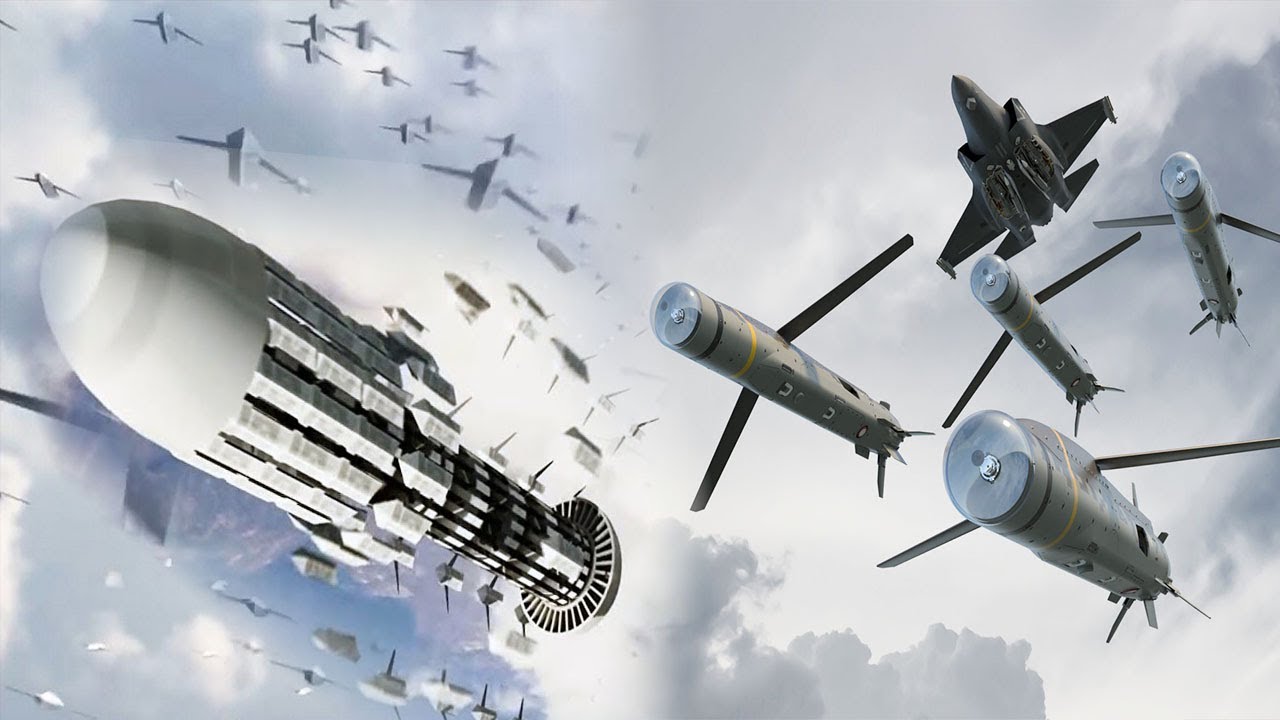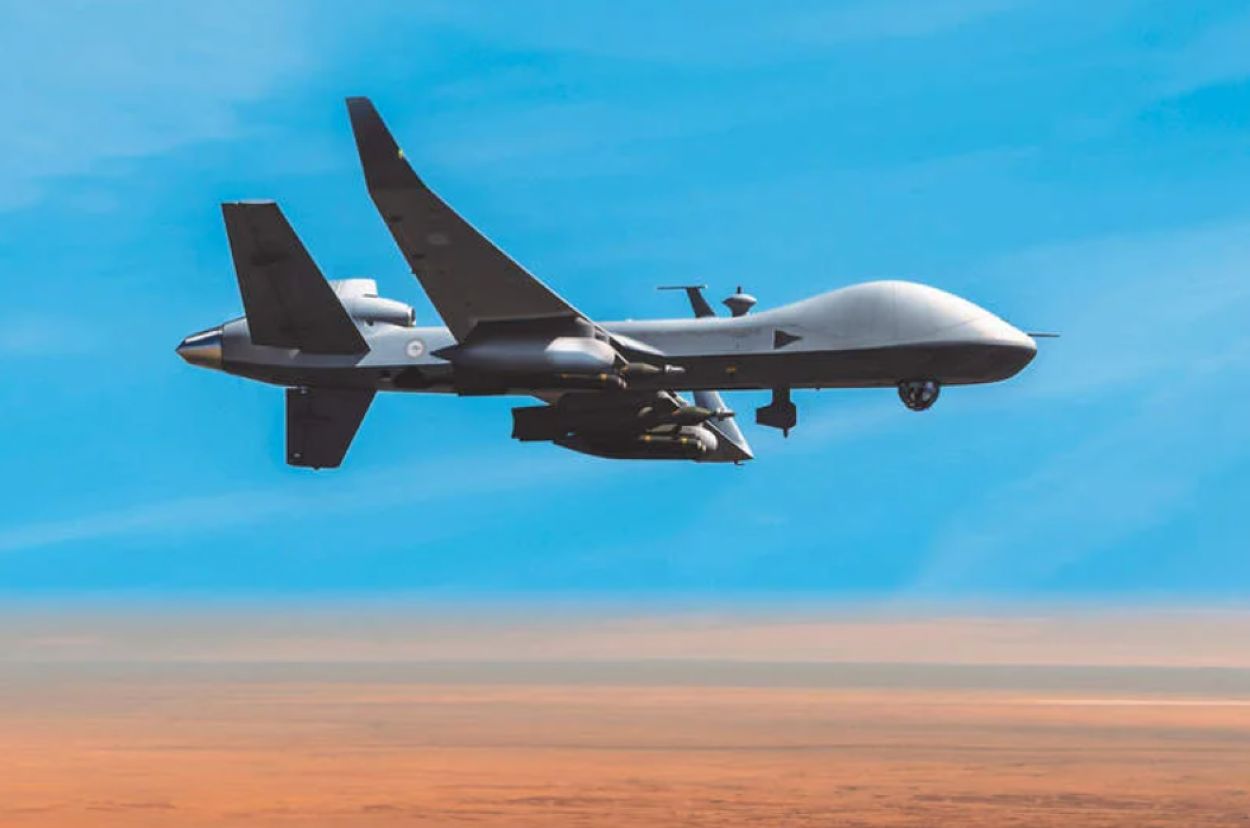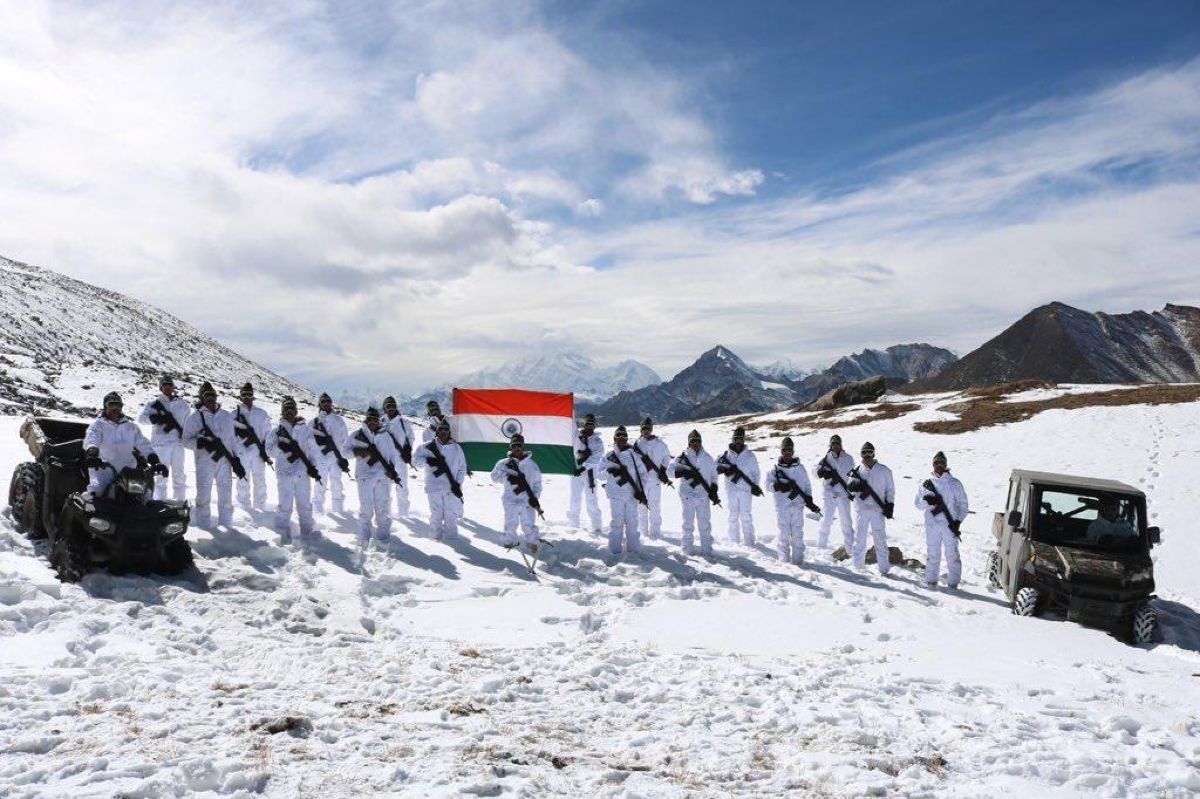Dmitry Medvedev, Russia’s former president, has warned that Moscow’s confrontation with the West will last decades and that its conflict with Ukraine could become permanent.
Pakistan Army Runs Out Of Fuel; Suspends All Military Drills & War Exercises Till Year End
The protracted Russia-Ukraine has given the militaries worldwide to observe every strategy and tactic employed in the war that is effectively fought between Russia and NATO, with Ukraine as the pawn.
The EurAsian Times spoke to a few military experts and strategists to understand what lessons India can draw from this war, which has broken the peace in Europe since the end of World War II.
No Short And Swift Wars
The experts have been unanimous on one thing: the days of short, swift, and limited wars are over. The Indian Armed Forces have long been aiming to be prepared to fight a ten days intense war. The war in Ukraine calls for a recalibration of this strategy.
Major General Mandip Singh, who retired from the Indian Army after nearly four decades of service, opined: “The era of the clinched “short, swift, limited” wars is over. There is adequate space for conventional wars with a nuclear overhang. India needs to be prepared for protracted wars.”
India has long hoped that with its arch-enemies on the eastern and the western borders having nuclear weapons, the wars will not stretch long. But, a report by the Comptroller and Auditor General (CAG) of India released in 2017 punched big holes in the defense preparedness of India.
The report found that around 40 percent of the Indian Army’s ammunition will not even last more than ten days in a war. The CAG report also noted that a Defense Ministry plan chalked out in 2013 to meet the deficit in the Army’s artillery by 2019 had not been implemented yet.
“For a very long time, the Indian military has planned on short, swift wars. The ‘Joint Doctrine of the Armed Forces-2017’ says that the character of future wars is likely to be ‘ambiguous, uncertain, short, swift, lethal.’ Some rethinking is required on this bald assertion and is hopefully underway,” Lt Gen DS Hooda said.
The retired Indian Army officer was at the helm of affairs when the Indian Army undertook surgical strikes inside Pakistan to take out terrorists responsible for attacks in India.
Similar is the case of the Indian Air Force (IAF). The force is down from its sanctioned strength of 42 fighter jet squadrons to 31. The IAF Chief Air Chief Marshal VR Chaudhary has said during his press conference ahead of the Air Force Day in October 2022: “It will be impossible to keep watch and do combat air patrol across the country with the given number of 31 squadrons.”
The Air Chief also added that, at the moment, achieving the goal of 42 squadrons is also looking bleak. With 15 existing fighter squadrons set to retire between now and 2035, the best-case scenario for the IAF is to have 34-35 squadrons if all its acquisition plans remain on track.
“Future wars will not be short and swift. Therefore, militaries will be requiring readily available spares of warships/aircraft carriers/fighting machinery and ammunition in huge quantities. Self-reliance is the need of the hour,” Captain DK Sharma, former Indian Navy spokesperson, said while giving a way out of the chronic arms and ammunition shortage plaguing the Indian Armed Forces.
The Indian Navy has long aspired to have a 200-ship fleet. It has been articulated in the 15-year modernization plan as the Navy envisaged itself as a “net security provider” in the Indian Ocean Region. But the plan has floundered constantly, with the Navy receiving the smallest portion of the military budget.
Address Capability Gaps By Using Technology As Force Multiplier
The experts believe that while addressing capability gaps by acquiring conventional platforms is imperative, one must use technology as a disruptive force to make it a battle-winning factor.
Lieutenant General Hooda contends that the war has brought out the use of technology for information dominance. Also, the descent of the swarm of drones has fended off attacks from Russian armored and advanced aircraft very effectively.
“What lessons can be learned from this? Militaries cannot be satisfied with adopting incremental technologies, and upgrading existing equipment is only a short-term fix,” the Indian Army infantry veteran said.

“We have to think of technology as a disruptive force and find new ways to employ it as a battle-winning factor. In India, this would perhaps require a complete overhaul of the defense R&D (Research and Development) structure primarily focused on modernizing current military equipment,” Lieutenant General Hooda added.
Speaking for the Indian Navy, Captain Sharma said that defending a huge maritime front/Indian Ocean region requires “excellent ISR (intelligence, surveillance, and reconnaissance) capabilities.” “Aggressive use of Drones and USV (unmanned surface vessels) is a must in modern-day maritime conflict.”
To plug its lacunae in monitoring the entire Indian Ocean Region, the Indian Navy has taken the MQ-9 Sea Guardian high altitude long endurance drones from the US on lease. This is in conjunction with more orders for P-8I ‘submarine hunters’ aircraft.

The Indian Army has awarded the contract for its first armed autonomous unmanned boat with swarming capabilities to a private company Sagar Defense Engineering Ltd. (SDEL). The company has been working on the technology of USV for nearly a decade. The prototype for the 12-boat swarm is expected to be ready by the end of this year.
Captain Sharma suggests “aggressive” sea mining of coastal areas to guard against USV attacks and strong air defense systems to avoid Moskova-like incidents.
Lieutenant General Hooda further calls for an assessment of the roles of big conventional platforms like tanks, warships, and fighter jets in future wars, especially in the light of man-portable anti-tank missiles destroying the back of Russian tanks and armored personnel carriers, anti-ship cruise missile sinking the mighty Moskva and man-portable missiles bringing the advanced aircraft of the Russian Air Force to heel.
“All the incidents described above have opened up a debate on the future of large conventional platforms and their vulnerability on the battlefield. Some experts argue that it is too early to write off the tank and the ship and that the losses suffered by Russia are primarily due to faulty planning and poor execution of tactics.
“Others stress the need to shift to smaller, more agile systems laced with technology,” Lieutenant General Hooda said. He added, “As the Indian military embarks on an integrated capability development plan, it must discuss these issues in a completely objective manner and not be tied down by traditional thinking.”
Be Prepared To Go Alone
This is a lesson India has learned from the wars it has fought. The war in Ukraine also emphasized it to a greater extent – “be prepared to do it alone.”
“Be prepared to do it alone. At best, allies and like-minded nations can offer material, financial or diplomatic support when the chips are down. Direct intervention, especially sending body bags home, is unacceptable even to the best of friends,” Maj Gen Singh said.
NATO has been supplying arms and ammunition to Ukraine only to keep it in the fray. The NATO allies, including the US, have avoided offending Russia directly. Commodore Anil Jai Singh, a retired submariner from the Indian Navy, also cautions against playing proxy for greater powers.
“Getting caught in a conflict makes you a proxy for the larger powers to use to get their gains without physical involvement,” Commodore Singh contended. The strategy to remain non-aligned has served India for a long and will continue to serve it for times to come.

The experts also suggest that non-alliance doesn’t necessarily mean indifference or isolation from other partners.
“Russia-Ukraine war has taught the importance of alliance/ friendly partners during any global sanctions to make the economy sanctions-proof and enjoy continuous support of alliance in logistics/war-like stores. As most of the naval warfighting machinery is of Russian origin, maintaining good relationships is necessary,” Captain Sharma added.
The Morale Of The Country Cannot Be Ignored
While the technology and warfare tactics have been dissected threadbare, the experts say that the morale of the man behind the machine will ultimately win the wars.
Reports of Russian soldiers’ morale plummeted as the war progressed. There have been reports of Russian soldiers abandoning their equipment and refusing to participate in the war against Ukraine. While the reports’ veracity is doubtful, Russian forces’ performance indicates the soldiers’ poor morale.
“Morale, fighting spirit, and unit cohesion are all key elements in military professionalism. While much attention is devoted to capability development, the intangible strengths that motivated men and women in uniform bring must not be overlooked.
As India looks to implement the ‘Tour of Duty’ proposal, it must be ensured that the professionalism of the Indian military is not diluted,” Lieutenant General Hooda added. He is referring to the Agnipath scheme launched by the Indian Government to recruit the youth for four years, at the end of which only 25 percent will be retained for long-term service.
Major General Singh echoed the same sentiments. “Ultimately, national morale and collective will of a nation to sacrifice or face consequences will dictate the outcomes of war.
Morale has been a big reason for Ukraine’s unprecedented resistance to stymie a superpower. On the other hand, the lack of it in Russia has created more internal dissent now than at the commencement of the war,” he concluded.
- Ritu Sharma has written on defense and foreign affairs for over a decade. She holds a Master’s Degree in Conflict Studies and Management of Peace from the University of Erfurt, Germany. Her areas of interest include Asia-Pacific, the South China Sea, and Aviation history.
- She can be reached at ritu.sharma (at) mail.com




